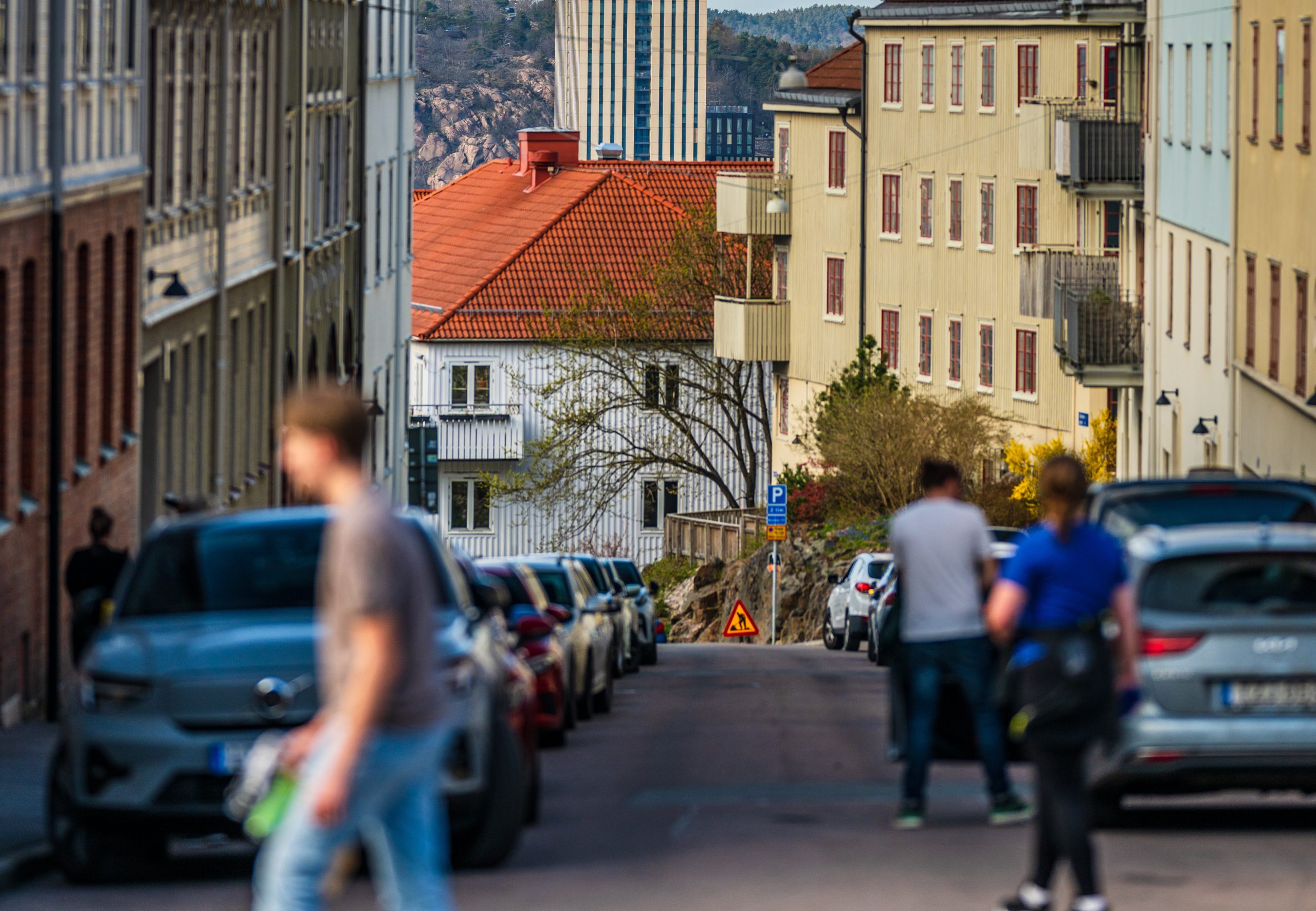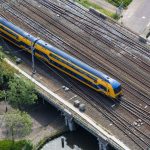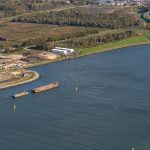
Curb Management in Gothenburg:
how technology points delivery vans in the right direction
Edwin Mein – Technolution
Drivers of delivery vans often struggle to find suitable places to load or unload in the narrow shopping streets of Gothenburg. Technolution collaborated on a pilot called Curb Management, which gives digital insight into available spaces in the city. This may yet prove to be a first step toward advanced dynamic traffic management and multifunctional use of the public space.
In the narrow streets of this old Swedish city, delivery van drivers regularly have difficulty finding a place to park their van or truck. So the city asked Technolution to propose a solution that would give digital insight into the available loading bays in the city center. “We set up this project in close collaboration with the city,” says Edwin Mein, Mobility Domain Architect at Technolution. “We already had visibility on available loading bays in a number of places, but we wanted to scale this up to the whole city.”
In order to obtain accurate data on loading bay occupancy, a system was devised that used GPS trackers in vehicles. Some forty to fifty vehicles were fitted with a tracker. “Of course this is privacy-sensitive, so we completely stripped the information we received. All we can see now is a map that shows whether or not a loading bay is occupied.”
This data was used for two things. “First to make a real-time map that displays the current occupancy of loading bays for drivers. And second, to have the occupancy history of these spots. This is useful for planners to optimize routes for their drivers.”
In reality, drivers won’t always see a specifically marked parking place at spots marked as free on the map. Even a spot on the sidewalk will do to park a van for a few minutes. “Yes, that’s right,” says Mein. “It doesn’t have to be an officially marked loading bay. What we did for the system is divide the sidewalk up into spots. We don’t really know whether a real-time tool like this meets any urgent demand from delivery van drivers. But the feedback we have received shows that planners are better able to do their job and that they can now make better routes.”
Although the pilot focuses on loading bays, the underlying technology opens the door to a wide range of applications. The project can become really interesting if you apply this technology for other purposes.
For instance, you could try to regulate busy traffic in the center by blocking certain places in the system, ensuring that drivers won’t head there. This is already being done at the moment with bollards. “We’re not doing that currently but I’m sure it will happen in the future. The challenge is to share the information in a way that is clear to everybody. How do you implement dynamic control? In the Netherlands this could be done through cooperation with the NDW, the National Road Traffic Data Portal.”
It is only a matter of time before this is going to happen, and there are many possibilities. “You could use this technology to manage ZE zones. And enforcement will become much easier. For example, if a vehicle is occupying a loading bay for a long time, you could send a scan car to the spot instead of having these scan cars do their rounds randomly. The ultimate dream of course is to enable multifunctional use of the public space. We are already seeing conflicts around parking places with charging stations because owners of electric vehicles regard them as their own, private spots; this is one way to tackle that problem. Another example is to use a spot to park a food truck during the day and as a parking place at other times.”
The pilot in Gothenburg has yielded a lot of leads for the future, but some hard lessons were also learned. Mein: “In retrospect the number of delivery vans with a GPS tracker was too low. We thought 60 would do the job, but in fact the coverage was insufficient. This meant we didn’t have enough information, whereas the trackers were supplying a lot of data. Ideally, you’d like to fit as much as 10 percent of cars with a tracker – this was the advice that we received from the Technical University in Stockholm. You could also install cameras everywhere in the city center, but this is costly.” It’s up to the city to decide on subsequent steps. Mein has no idea what will happen next. “They love to experiment in Gothenburg, so who knows they could decide to do something completely different instead,” he laughs.



